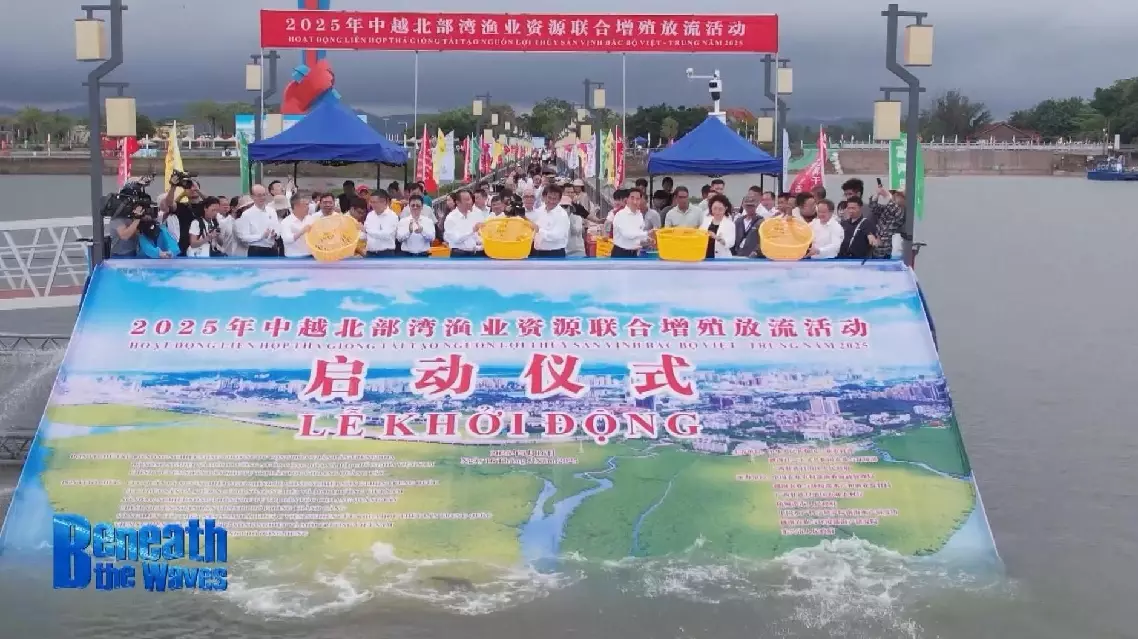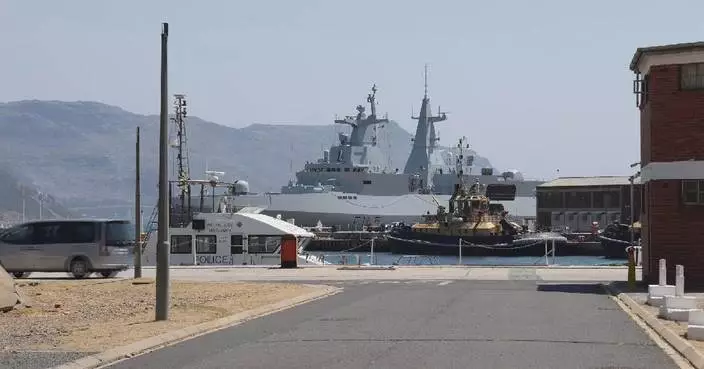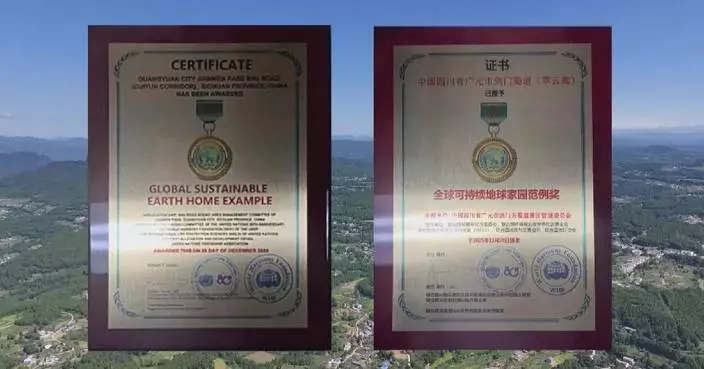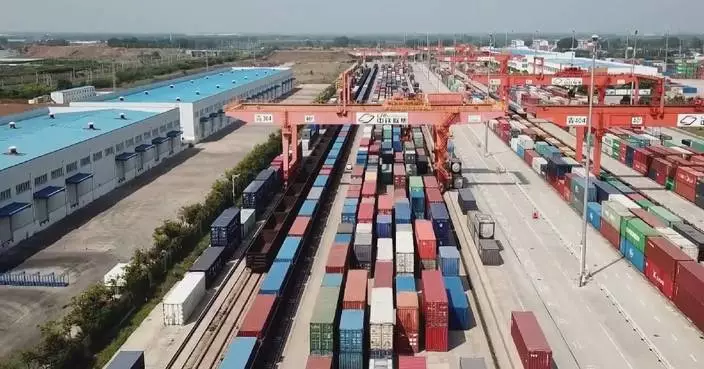China and Vietnam reaffirmed their commitment to marine ecological preservation Saturday by releasing approximately 75 million juvenile aquatic creatures into the Beibu Gulf, marking the eighth such collaborative effort since 2017.
The initiative, which has introduced over 350 million specimens into shared waters, helps to restore marine ecosystems, while boosting the livelihoods of coastal communities on both sides.
This year's event was held at the Beilun River estuary in Dongxing City of south China's Guangxi Zhuang Autonomous Region on Saturday, where representatives from China and Vietnam came together to release a large number of aquatic species into the Beibu Gulf.
"This year, we released a total of 10 species, including five types of fish such as red sea bream, blackhead sea bream, and yellowfin seabream, along with two types of shrimp, one species of crab, and the Chinese horseshoe crab. Altogether, around 75 million aquatic juveniles were released," said Wu Qia'er, deputy director of the South China Sea Fisheries Research Institute. Some of the specimens were labeled, which can help researchers track the fishes' journeys, monitor their survival, and study how well they adapt after being released.
"According to our data, the recapture rate of species we previously released has remained above five percent, with shrimp species reaching between 15.4 percent and 39 percent," Wu said.
Official data also shows a clear rise in the catch of high-quality aquatic products along the gulf. Local fisherman Huang Xiaojun has experienced it firsthand.
"Since the program began, our income has gone up noticeably, as there are more fish in the water, and a wider variety too, even species we were unable to catch are now within reach," Huang said.
During Chinese President Xi Jinping's visit to Vietnam in April, the two countries issued a joint communique, agreeing to fast-track the signing of a Beibu Gulf fisheries cooperation agreement, and expand efforts on resource enhancement and conservation in the region.
"We still have a lot of potential to cooperate together to have better understanding and also better management of the natural resources. Also, we can find different ways to better livelihoods for the fisherman. For example, we can together research and develop aquaculture, marine culture, so we can reduce the fishing pressure in the region," said Nguyen Khac Bat, director of the Research Institute for Marine Fisheries of Vietnam.
Together, beneath the waves, the quiet partnership between the two neighbors is nurturing a more sustainable future for the region, its people, and the sea they depend on.

China, Vietnam strengthen marine conservation through joint fish stocking initiative









